Leave No Trace at the Beach
If you haven’t heard about the ‘Leave No Trace’ principles, here’s your chance! We’re applying the principles to the environment we love most: the beach!
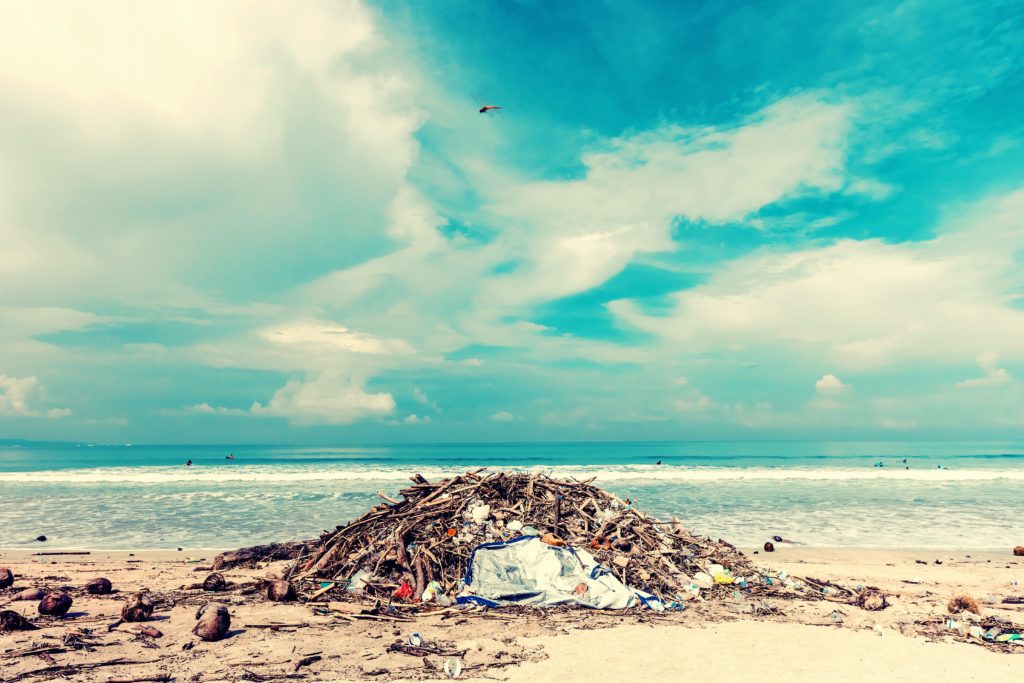
What are the Leave No Trace Principles?
Leave No Trace is a set of seven widely accepted principles that provide guidelines on how to interact with nature in a safe, respectful, and beneficial manner. Essentially, Leave No Trace helps mitigate human impact in the great outdoors.
Although they were originally designed for backcountry camping, you can apply them to all aspects of nature!
Principle 1: Plan Ahead and Prepare
Principle 2: Travel & Camp on Durable Surfaces
Principle 3: Dispose of Waste Properly
Principle 4: Leave What You Find
Principle 5: Minimize Campfire Impacts
Principle 6: Respect Wildlife
Principle 7: Be Considerate of Other Visitors
© 1999 by the Leave No Trace Center for Outdoor Ethics: www.LNT.org
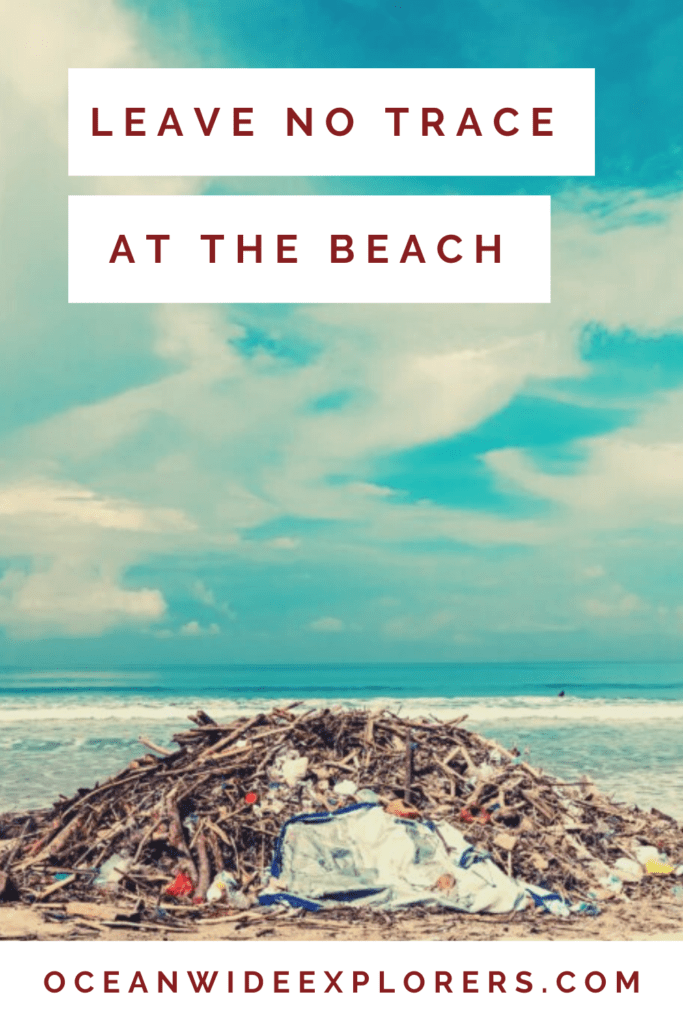
Why are the Leave No Trace principles important?
Every day, millions of people enter the outdoors worldwide and create an impact on the environment. These impacts can be either positive or negative, depending on how you behave in the outdoors.
Leave No Trace promotes positive impacts through their stated goal:
“By working with the public and those managing public lands, the Leave No Trace Center for Outdoor Ethics focuses on educating people—instead of costly restoration programs or access restrictions—as the most effective and least resource-intensive solution to land protection.”
© 1999 BY THE LEAVE NO TRACE CENTER FOR OUTDOOR ETHICS: WWW.LNT.ORG
If every one were to follow the Leave No Trace Principles, we’d be leaving the outdoors in better condition than when we arrived.
How does Leave No Trace apply to the Beach?
Although rooted in backcountry camping, we can still apply the Leave No Trace principles to our favorite environment: the beach!
By taking care of our beaches we help the health of our oceans, marine life, promote positive tourism, and sustain a clean and safe environment for all to enjoy.
Not to mention, many beaches can still be used as backcountry camping sites!
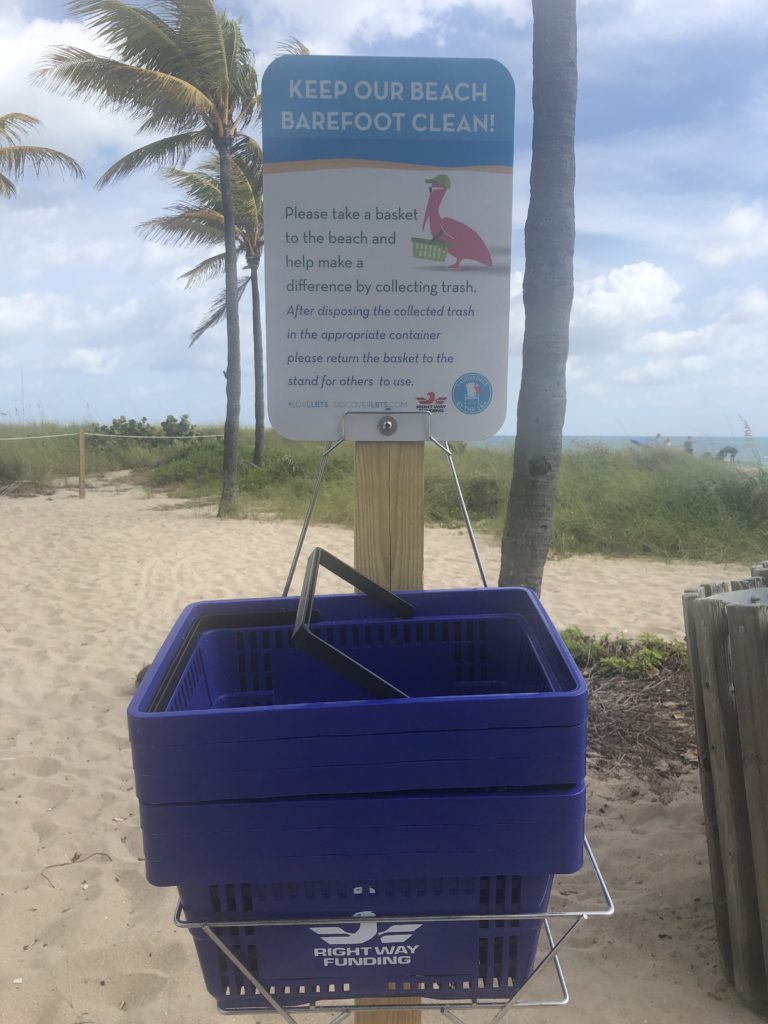
1. Plan Ahead and Prepare
Apply this to your day trip or week long vacation! This principle is even more vital if you’re planning a camping trip to the beach! Poor planning can put yourself and beach resources at risk.
Why is planning important?
- Ensures safety for yourself, others, and natural resources in the area.
- More enjoyment of your beach trip.
What to consider when preparing for the beach?
- Learning the lay of land through guides, maps, books, locals, etc.
- What equipment you will need (hammocks, tents, or something as simple as sunscreen)
- Adequate water and food for the duration of your trip.
- Weather and tide charts.
- Rules and regulations for the given area.
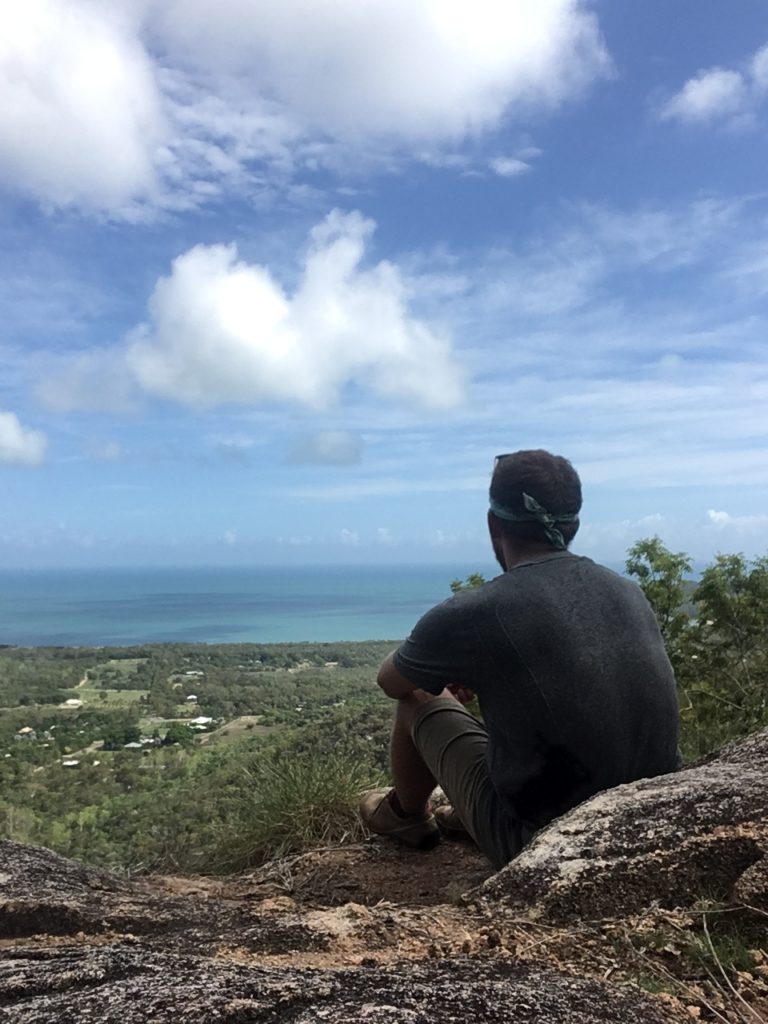
2. Travel & Camp on Durable Surfaces
Travel trails and camp site selection is vital for protecting natural resources. When it comes to beaches, durability typically refers to vegetation areas.
Travel durable surfaces on the beach:
- Open sand is durable as it can withstand constant impact from human footsteps.
- Don’t travel on sand dunes, sea oats, or other grasses. They serve a vital role in the prevention of beach erosion. In the US, traveling on sand dunes or damaging sea oats is a felony.
Camp durable surfaces on the beach:
- Set up your beach chairs and towels on open sand and not on vegetation or sand dunes.
- When setting up a tent, find a nice patch of sand or dirt away from any vegetation.
- If possible, pick a spot that’s clearly been used for tents before.
- While slinging up a hammock, be sure to pick large, durable, and very much alive trees. Avoid hanging over any vegetation.
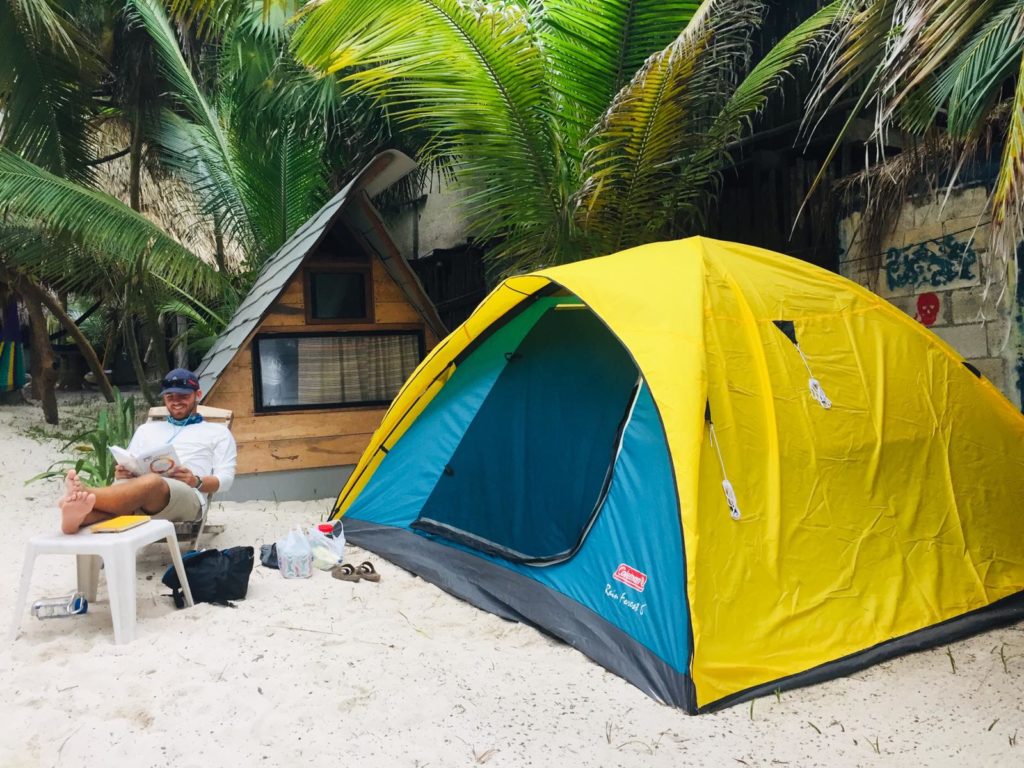
3. Dispose of Waste Properly
The obvious one here is trash. The not so obvious is human waste.
Take care of your (and others) trash:
- Lots of trash tends to wash up on shore. Pick up and dispose of any pieces of trash you find on the beach as it will eventually end up in the ocean.
- If you’re in an area with no trash bins, bring a small trash bag, or a bucket to ensure proper disposal.
- “Pack it in, pack it out”.
- Recycle when possible!
- Reduce your plastic waste by using alternatives.
Disposing of human waste:
- The obvious answer is to use designated facilities if they are available.
- If you’re on a remote beach: dig a hole at least 200 feet (~70 paces) from any water source and practice your squat!
- Pack out any used toilet paper, tampons, or other sanitation products.

4. Leave What You Find
“Leave nothing but footprints, take nothing but photos”.
Minimize area alterations and damage:
- If you build sand castles or dig holes on the beach, be sure to knock them down or fill them in. Sea turtles and their eggs are actually dependent on it.
- Carving initials into trees or picking flowers can actually have a large impact on these natural resources.
Leave natural objects:
- Sea shells you find on the beach still serve a purpose to the environment. They provide an attachment site for vital sea grass, algae or even a home for an ocean creature.
- In some cases, removing any natural objects from areas, shells or even sand, is a felony. Best to let it be!
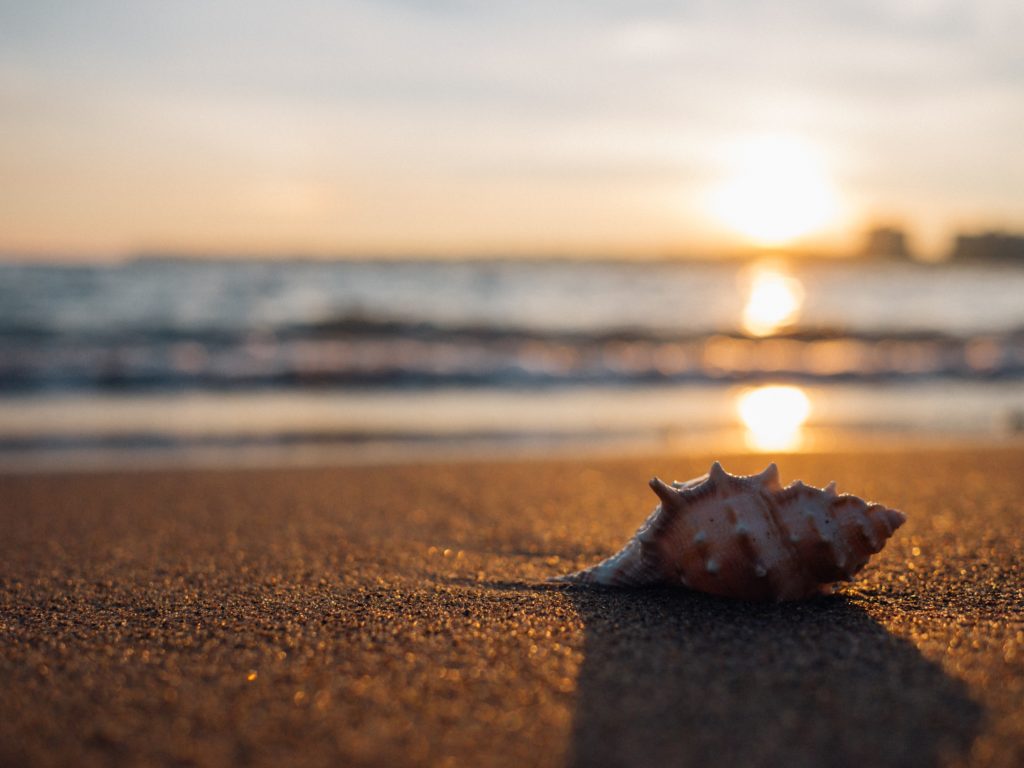
5. Minimize Campfire Impacts
I get it. You typically won’t be starting a fire on your day trip at the beach. Although, consider this, what about grilling for the day at the park? Even then, there’s still impacts to consider.
Should you make the fire?
- The most important thing to ask yourself is if you should even start it. Is it too windy? Is the area too dry? Does the beach even allow fires or grills?
- Is there a sufficient amount of dry, burnable wood in the area? If you use it, will it make an impact to the area?
Use existing structures
- Find areas where fires have been constructed before: designated rings, pans, or mounds.
- Grill your food on your own grill or use a park provided charcoal grill!
Cleanup
- A Leave No Trace fire looks like it never happened once it’s done.
- Use dry and dead wood that you find on the ground.
- For a beach camp, drift wood is usually abundant.
- Clean the park provided grill and dispose of the coals in the designated bin.
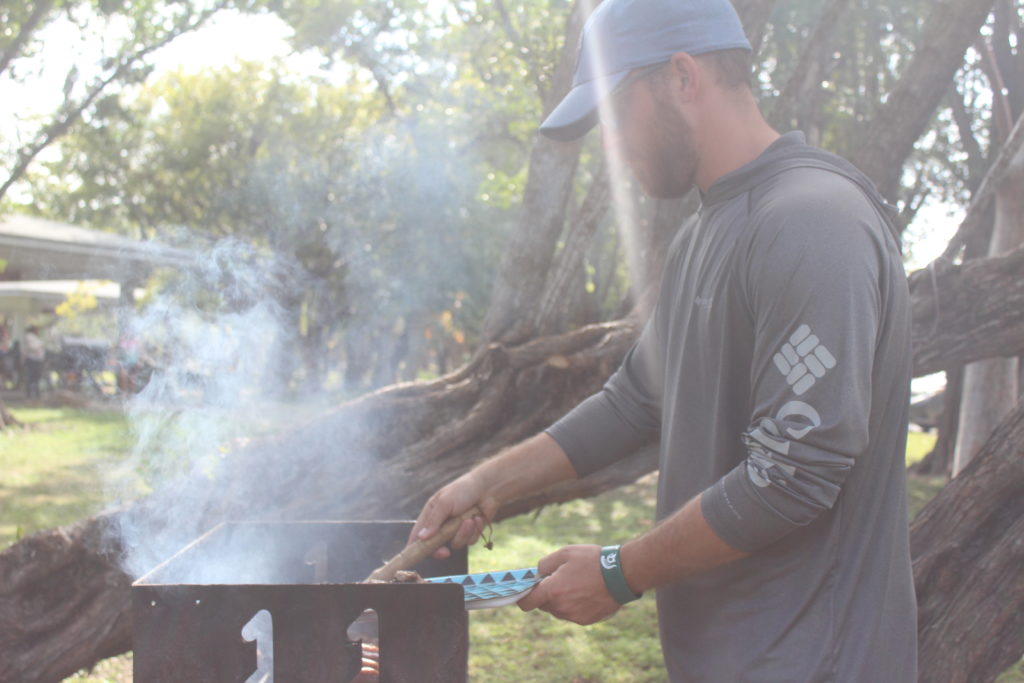
6. Respect Wildlife
Wildlife are abundant at the beach. Whether you’re camping, visiting for the day, or even scuba diving. Let these tips guide your interactions with marine life:
- The beach and the ocean are home to thousands of species.
- Quiet observation from afar is ideal for wildlife viewing.
- Don’t approach marine life.
- Sick or injured animals feel threatened and may bite or scratch.
For more, check out our tips on how to respect marine life.
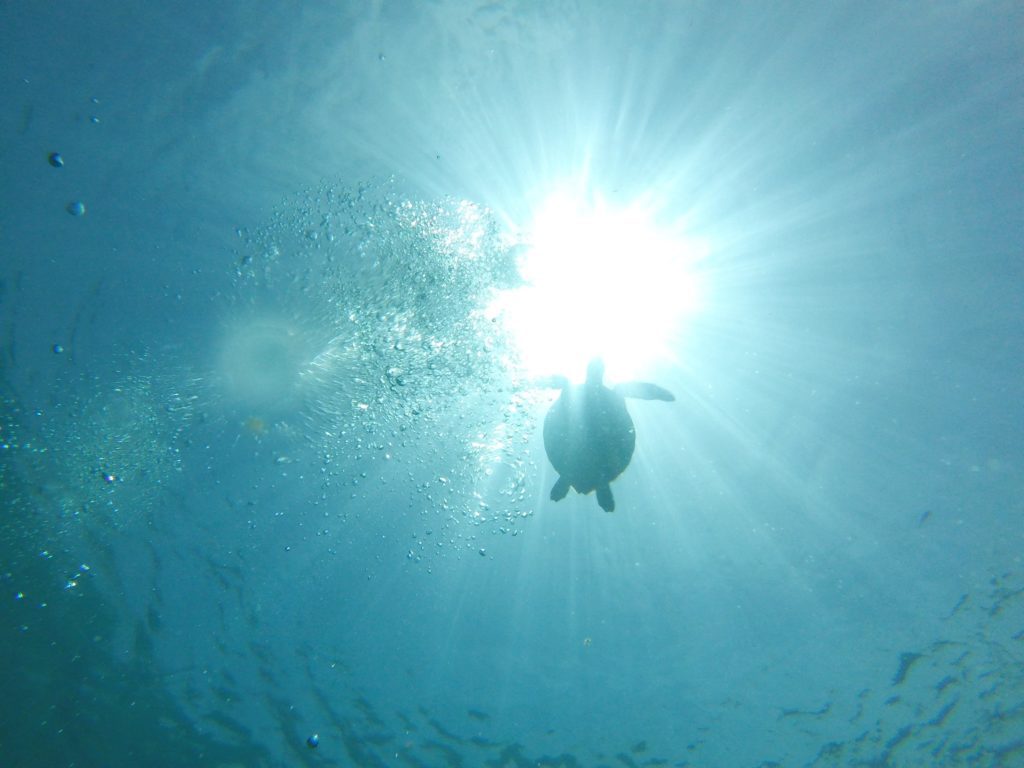
7. Be Considerate of Other Visitors
Being considerate of one another allows everyone enjoy their time at the beach.
- Don’t blast music. Nobody near you wants to hear that cruddy rap song anyway.
- Give people space.
- Have an eco-friendly beach day!
For a more secluded feel at the beach:
- Hike to far away and distant beaches where few visitors go.
- Travel during the week or book a trip in the offseason.
- Avoid holidays and weekends.
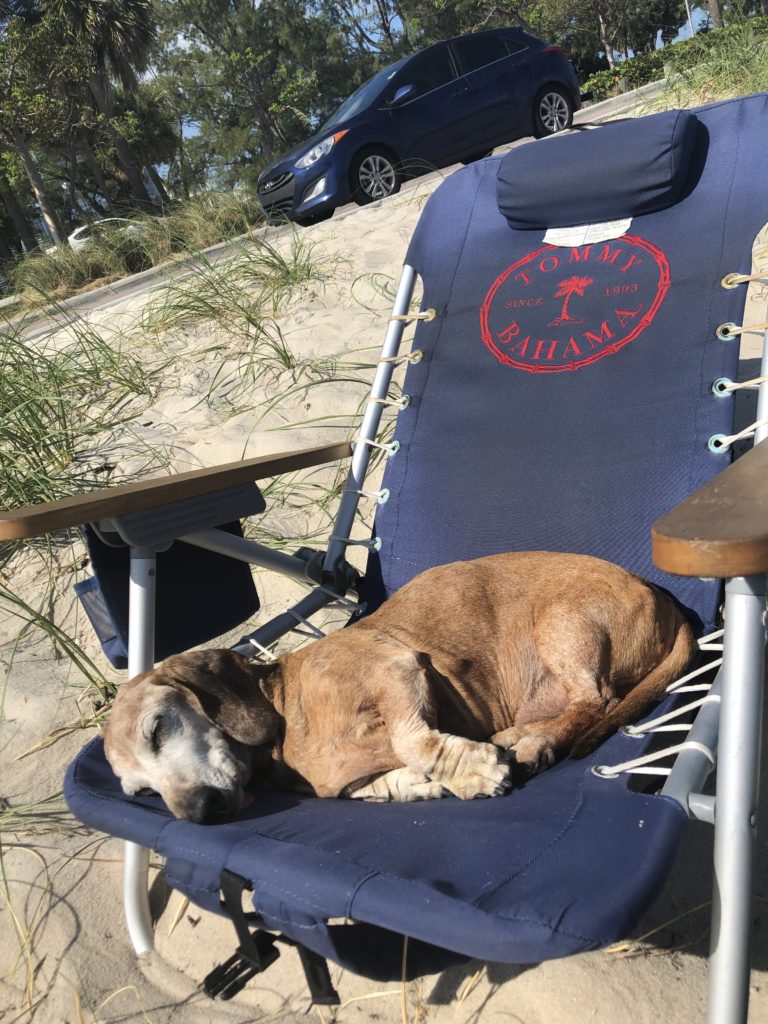
© 1999 BY THE LEAVE NO TRACE CENTER FOR OUTDOOR ETHICS: WWW.LNT.ORG
Enjoy this Post? Pin it!

Read More About Ocean Conservation
We hope you enjoyed our post on Leave No Trace at the Beach. Hopefully you’ll find it useful on your next adventure! Here are a few more ocean-loving articles we think you should read next:
- How to Help Save Sea Turtles: 16 Do’s and Don’ts
- 14 Ways to Have an Eco-friendly Beach Day
- 13 Tips on How to Respect Marine Life
- 10 Eco-friendly Alternatives to Single Use Plastic
How do you contribute to ocean conservation efforts? Leave a comment below!

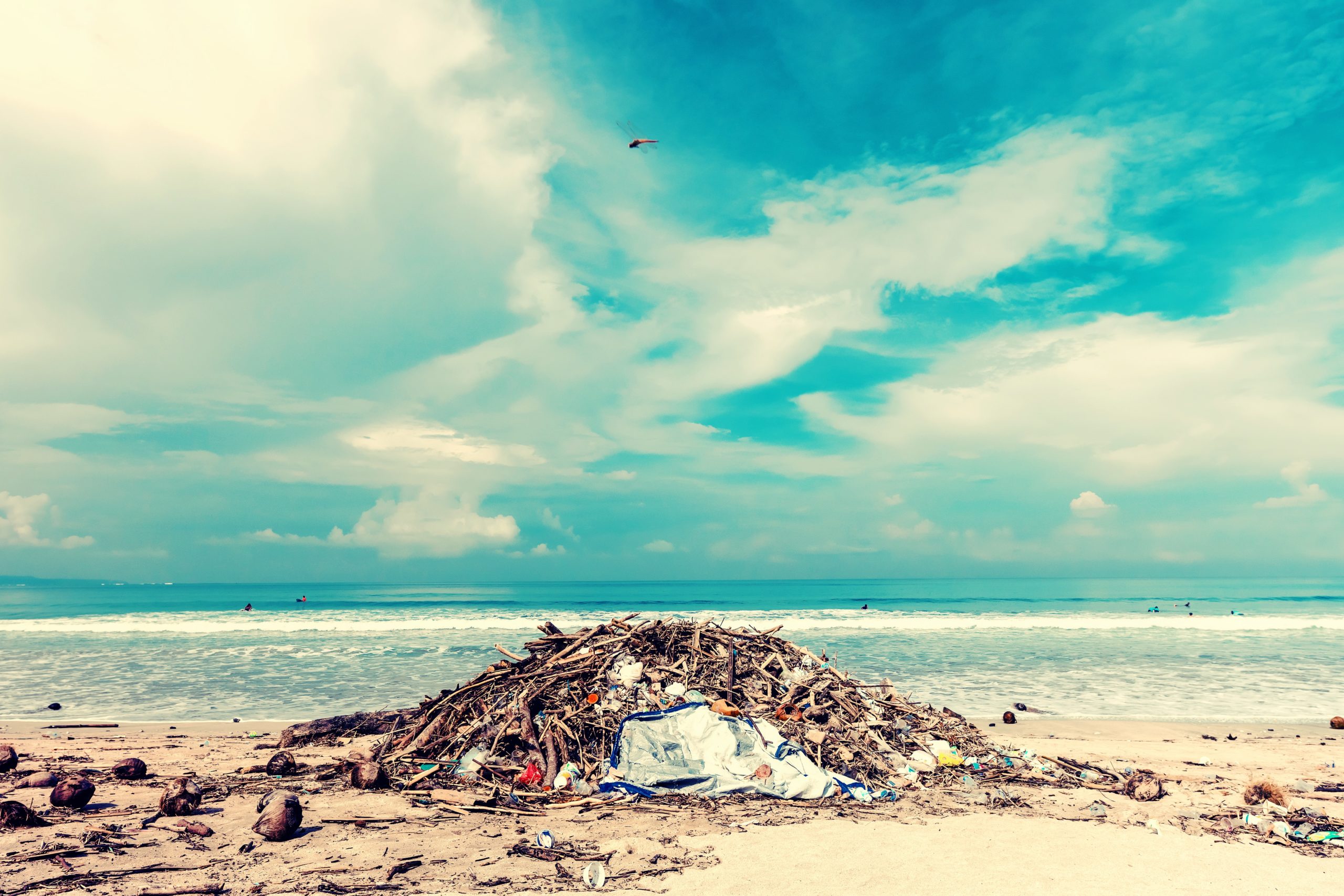
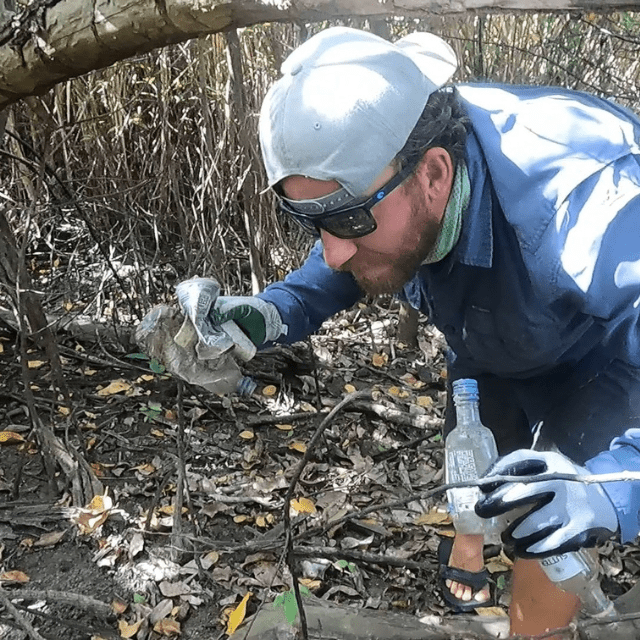

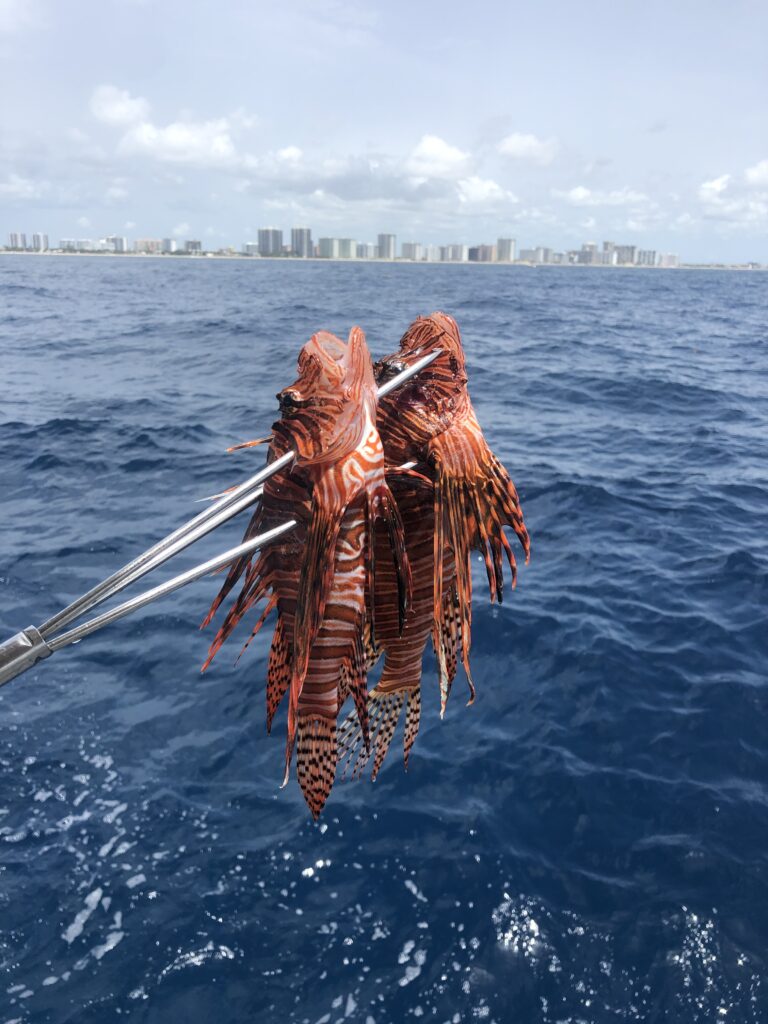
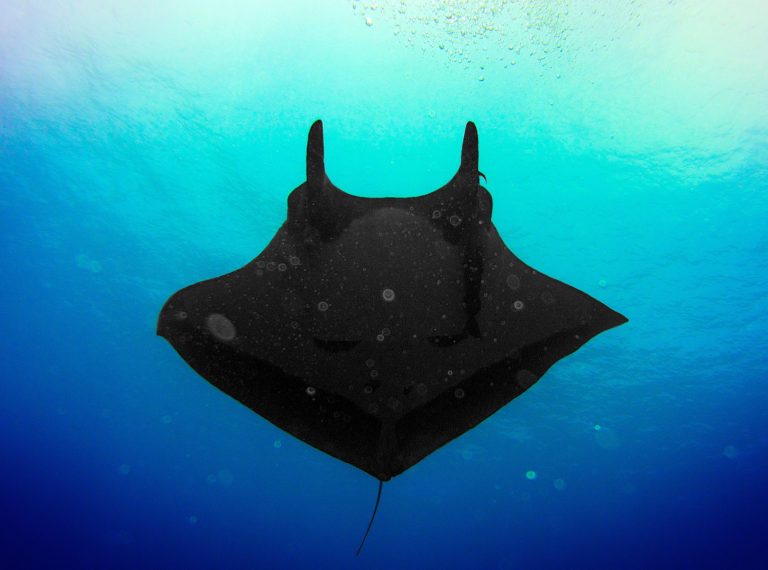
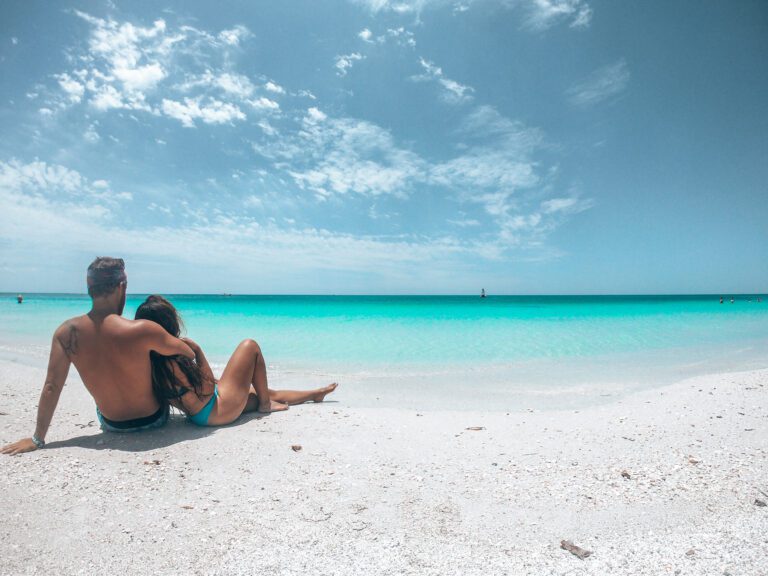

Superb and well-thought-out content! If you need some information about Content Writing, then have a look at QH9